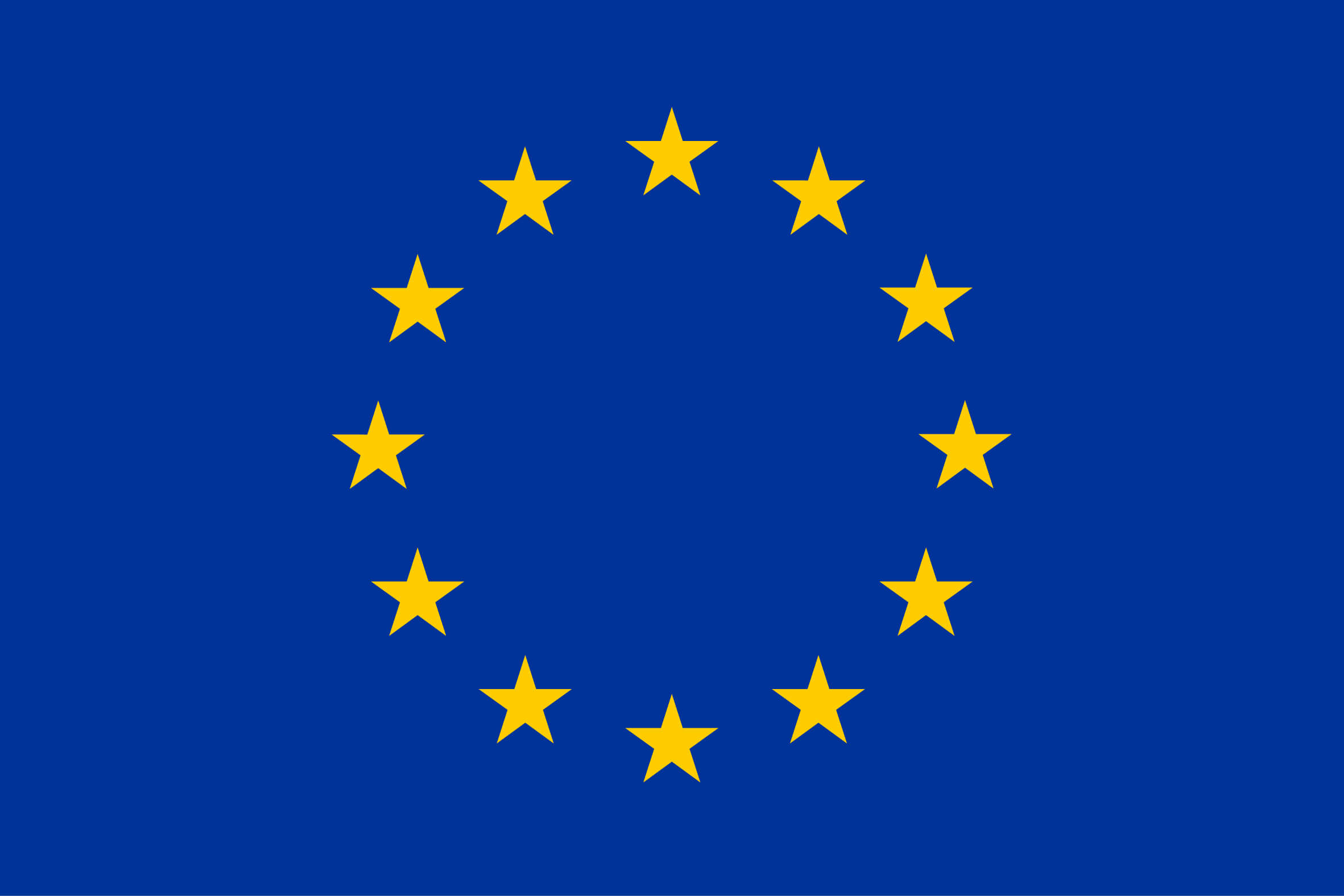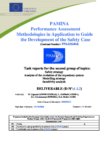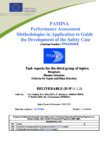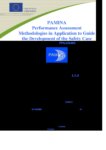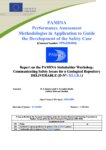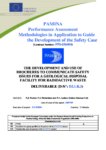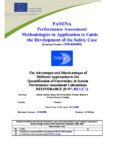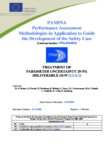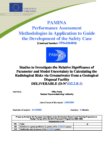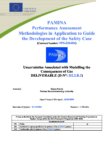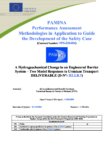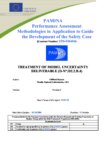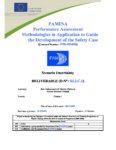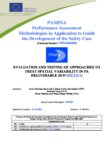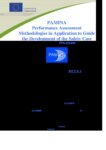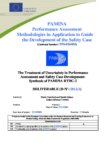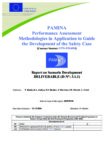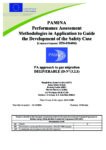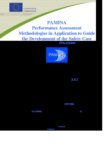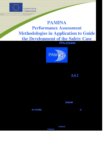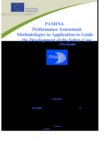PAMINA: Performance assessment methodologies in application to guide the development of the safety case
The PAMINA project (Performance Assessment Methodologies in Application to Guide the Development of the Safety Case) aimed to improve and develop a common understanding of integrated performance assessment (PA) methodologies for disposal concepts for spent fuel and other long-lived radioactive wastes in a range of geological environments.
It was part of the Sixth Framework Programme of the European Commission. It brought together 25 organisations from ten European countries and one EC Joint Research Centre to improve and harmonise the methodologies and tools for demonstrating the safety of deep geological disposal.
Overview
Project Dates: 01/10/2006 – 301/09/2009
Project Status: Finished
Project Website: http://www.ip-pamina.eu
The PAMINA project aimed to develop an understanding of the uncertainties associated with Performance Assessment (PA) methodologies used by a wide range of organisations across the EU. Historically, safety case development compared safety assessment results against dose and risk criteria set by regulators. More recently, safety cases have introduced a wider range of safety indicators upon which to build confidence in the long-term safety of repository designs. These wider safety indicators can help to communicate the demonstration of safety, when discussing these issues with both technical and lay audiences.
The project provided a methodological and scientific basis for demonstrating the safety of deep geological disposal of such wastes that will be of value to all radioactive waste management programmes irrespective of repository design, and the stage of development that has been reached in the Performance Assessment and Safety Case.
The work was organised into four Research and Technology Development Components in which comprehensive PA methodologies and experiences were used to develop a common understanding. This included terminology, noted features and processes as well as codes and models. A catalogue of Features, Events and Processes (FEPs) were considered fundamental to describing all the possible influences on a geological disposal system and the development of scenarios for use in a Performance Assessment.
Objective
The main objective of the PAMINA project was to improve and harmonise integrated performance assessment (PA) methodologies and similar tools, for a range of disposal concepts of long-lived radioactive waste and spent fuel, in deep geological environments. The work within the project was divided into four Research and Technology Development Components (RTDC), with a fifth component designed to promote training, knowledge management and distribution of results.
The scope of the four RTDCs was as follows:
- RTDC 1 evaluated the state-of-the-art methodologies and approaches needed for assessment of the safety of deep geological disposal, on the basis of a comprehensive review of international practice. This included the identification of any deficiencies in methods and tools.
- RTDC 2 established a framework and methodology for the treatment of uncertainty during performance assessment (PA), and safety case (SC), development. Guidance on good practice for the communication and treatment of different types of uncertainty, spatial variability, the development of probabilistic safety assessment tools, and techniques for sensitivity and uncertainty analysis, was provided.
- RTDC 3 developed methodologies and tools for integrated PA for various geological disposal concepts. This work included the development of PA scenarios, PA approach to gas migration processes, PA approach to radionuclide source term modelling and for safety and performance indicators.
- RTDC 4 conducted several benchmark exercises on specific processes, in which quantitative comparisons were made between approaches that rely on simplifying assumptions and models, and those that rely on very complex models.
There were 32 deliverables associated with the work, but the principal deliverable was the European Handbook of Safety Assessment Methods for Geological Repositories, which was issued in two parts.


